The boat trailer tire pressure is very important so you can tow your boat safely on the road. Although it’s very important, it often gets overlooked. By checking your tire pressure before you head out on the open road you are making sure that you are not going to be a potential safety hazard and endanger many people. It’s also the correct and responsible thing to do before you leave for a long trip. Here are a few things you need to take into consideration before you leave for your adventure.
Boat trailer tires demand a high level of air pressure. When inflating your tire, the pressure gauge should show between 50 and 65 psi. In reality, the proper tire pressure for your boat trailer is nearly always the maximum-rated pressure for that specific tire, which is molded directly onto the sidewall. Maintaining proper trailer tire psi and tire inflation is crucial for hauling safely. Otherwise, the trailer may cause problems for the passenger car.
Tire pressure affects how much weight a tire can safely bear. The trailer’s load carrying capacity is calculated using that exact tire pressure as a consideration. If you pull your boat out of the driveway with less than the maximum pressure in the trailer tires, you have essentially lowered the trailer’s weight capability. Underinflated and consequently overloaded trailer tires are the main cause of tire failure; the tires overheat and come apart.
The sidewall of a tire reveals everything: size, capacity, age, and, most importantly, function. A boat trailer tire will feature the letters “ST” or the phrase “Trailer Use Only” on the sidewall. Special trailer tires, unlike vehicle tires, have reinforced sidewalls to withstand the weight of a boat, particularly while rounding curves.
Bias ply or radial is the choice you have of trailer tires. Bias-ply tire sidewalls are stiffer and less costly than radials, and they are recommended if the trailer will not be utilized for long distances.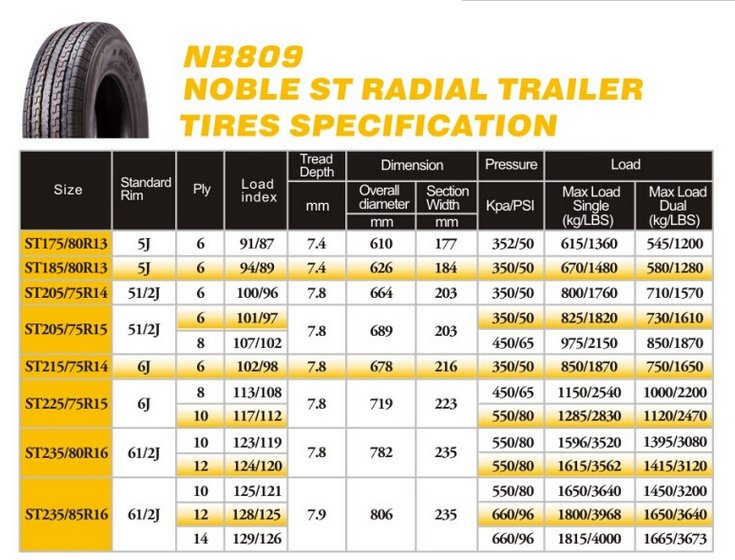 Radials are a much better option for lengthy journeys since they have less heat accumulation than bias ply, a higher load capacity, and less road noise. Use just bias ply or radials; never combine the two.
Radials are a much better option for lengthy journeys since they have less heat accumulation than bias ply, a higher load capacity, and less road noise. Use just bias ply or radials; never combine the two.
When anything is wrong with your tires, they will typically offer you many different clues before becoming the subject of discussion. Too much tire pressure produces wear in the middle of the tire, whereas too little tire pressure causes wear on the outer edges. You can easily inspect this before every journey by checking your tires to make sure you are as safe as possible.
Trailer tires, like any other tire, have a load range. The load range is marked on the sidewall and ranges from the lowest weight the tire can bear to the heaviest. Load range is a measurement of a tire’s maximum ability to transport a boat and trailer. The load range of most boat trailer tires is B, C, or D. A tire with load range C can handle 1,820 pounds. If it is a single axle trailer, it means that the tires will be able to support 3,640 pounds of total weight which also includes the weight of the trailer itself, the boat, gasoline, engine, and anything else on the boat.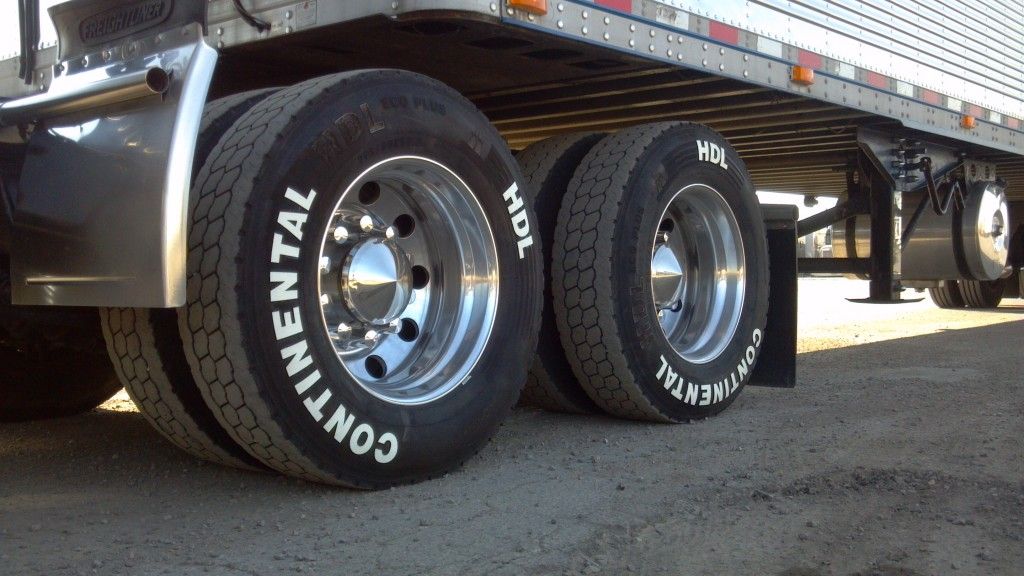 Single-axle trailers may carry the full load rating. Loads must be decreased by 12% for double-axle trailers. Psi rises as the load range expands.
Single-axle trailers may carry the full load rating. Loads must be decreased by 12% for double-axle trailers. Psi rises as the load range expands.
The tread depth of automobile and boat trailer tires may be measured using a Lincoln penny. Place the penny on the tread upside down. If you can see the top of the president’s head through the tread, it’s time to start searching for new tires.
Examine the sidewalls for spiderweb fractures, which indicate dry rot. If you find this on your tires you need to change them as soon as possible to make sure you are not left stranded on the side of the road with a flat tire.
The valve stem, which is often ignored, may be the source of persistently low tire pressure. Listen for any loss of air by pressing your finger on one side of the stem. If you feel like air is escaping, act fast to prevent any dangerous situations on the road. Make sure you plug the leak if you know how to yourself or get new tires as soon as possible.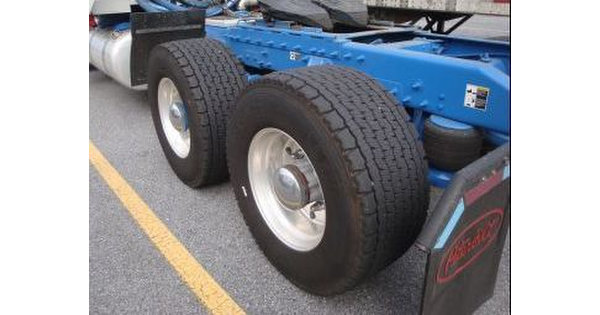
Setting the recommended boat trailer tire pressure is one of the most important things you need to do before heading out. Applying all of the practices above will ensure that you are as safe as you can be on the road when towing your boat. Make sure you check everything on our list above to maximize your safety and the safety of other motorists on the road.
Maintaining trailer tires — whether they are ST (Special Trailer) or LT (Light Truck) — isn’t always the same as what you do for passenger vehicle tires. Here are some basics on getting the most out of your trailer tires.
Running your ST or LT trailer tires under-inflated is a sure way to quickly wear them out and invite tire failure. Keeping them at the proper air pressure is key for longevity, load-carrying capacity, and the ability for the tire to dissipate heat better.
The best way to tell if your tires are properly inflated is to check them with an air pressure gauge. In some cases, an under-inflated tire may not appear low. Trailer tires can look fully inflated and be below the safe air pressure.
In some cases, an under-inflated tire may not appear low. Trailer tires can look fully inflated and be below the safe air pressure.
Find the maximum tire pressure by looking at your tire sidewall. Look for the small notation “Max. Load” followed by a PSI number (80 in the example below).
Trailer tire pressure should always be checked when the tire is cold, ideally before being driven that day. Driving generates heat and heat generates pressure, which will throw off your measurement. Here’s how to do it yourself.
It’s really important not to overload trailer tires. Overloading tires can cause premature wear and increase the risk of tire failure.
The “Max. Load” information stamped on the sidewall indicates a tire’s load capacity when it’s inflated to the maximum PSI. In the example, this tire can handle a maximum 2,830 pounds when it’s inflated to 80 PSI and used in a “single” application: one tire on each side of the axle.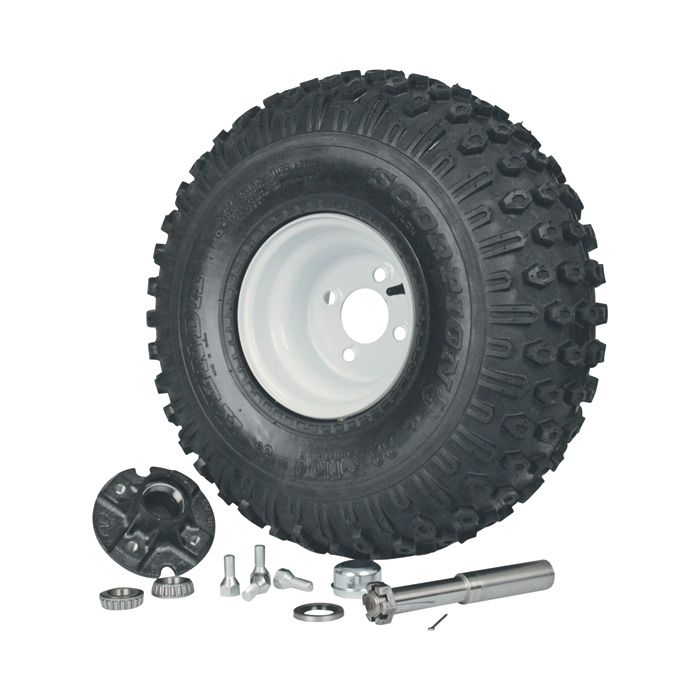
Note: Some trailer tires are also marked with a “Max. Load Dual” number. This comes into play when two tires are mounted on both sides of the axle (four trailer tires total per axle), a “dual” application, or dually, which is an unusual application. In the above example, each tire’s load capacity is reduced by 13 percent to 2,470 pounds when it’s used as a dually. This assures that if one of the dual tires fails, the remaining tires can keep the trailer stable until you come to a stop.
Be aware: If your tire pressure is lower than what’s recommended, the tire’s carrying capacity will be lower, too.
You just need to get tires that can support the trailer weight listed on the placard on your trailer or in your owner’s manual ... right?
Not quite. That weight figure doesn’t include all the cargo your trailer will be carrying. Get an actual weight by visiting a truck scale when you’re fully loaded, including full water and propane tanks.
Refer to the trailer placard or your owner’s manual. Either will tell you the manufacturer’s recommendation. (Trailers have a federal certification/VIN label generally located on the forward half of the driver’s side of the unit. Some trailers also have a separate vehicle placard located there that describes tire and loading information.)
Or you can look at the tire sidewall sizing information. Then be sure to check with a tire professional before you buy to make sure what you have in mind is the right fit for the loads you’re hauling and roads you’re traveling.
Travel trailer and boat trailer tires may sit for long stretches. This is a good reason to have your tires and bearings inspected every year by a tire professional.
Schedule an Appointment
Carrying a spare for your trailer may just save your day or vacation. Boat trailer and travel trailer tires are often specialty tires that aren’t always readily available in all places.
A spare tire means you’ll have an hour or so of hassle changing a tire if you get a flat, versus missing a day or more of vacation, or having to leave your trailer loaded with gear to go in search of an open tire shop.
Money-saving tip: When you replace your full set of trailer tires, consider keeping the one that’s in the best condition to use as a spare, so long as a tire professional inspects the tire and confirms it is suitable.
The trailer’s certification label or owner’s manual may give you advice on which type of tire construction is best. Some of your choice depends on the type of trailer you have and the kind of travel you’re doing.
Radial tires run cooler so on longer trips they don’t wear as fast. They’re also less prone to developing flat spots when a trailer is parked in one place for weeks at a time.
Bias-ply tires have stiffer sidewalls, which can reduce trailer sway.
Whatever your choice, don’t mix-and-match tire types or sizes. Go with all radials or all bias tires of the same size.

Come on by your local Les Schwab Tires store and we’ll be glad to help.
| |
| Load weight 12 questions about trailers Fines Trailer inspection Helpful Hints Trailer physics Magazine 4x4 transports ATV on Kurgan trailer |
A few words about the proper operation of trailers. The trailer should be loaded evenly over the entire area of the loading platform:
Watch the tow ball wear carefully. Before starting the operation of the car trailer and during its further use, it is recommended to lubricate the ball of the tow hitch of the car with Litol-24 oil. This will reduce friction and wear on the mating parts. Monitor trailer tire pressure. It should be 2.0-2.2 kgf / sq. cm. This will increase the life of the tires. Dangerous sudden braking on a slippery road in a bend. A trailer that does not have a braking device pushes the rear axle of the car into a skid. Do not press against the curb before the right turn, as the trailer in the turn moves inward and one wheel enters the sidewalk. When starting off, act as if you had a vehicle in tow instead of a rigid hitch. We gently release the clutch pedal, as if taking out the slack in the cable - this is called the "preload" technique. Then you can accelerate more intensively. Before braking, "release the gas" and start braking after a short pause. If you are towing an empty trailer or a lightly loaded trailer over rough countryside dirt roads, reduce tire pressure so it does not bounce around like a ball.
|
TD Kurgan trailersSTANDARD 8213 01KREPYSH 8213 03 best UNIVERSAL 8213 05 UNIVERSAL 8213 A5 ATHLET 8213 B5 TAIGA II 8213 A7 big TAIGA + 8213 B7 new TANDEM 8213 2E PLAZ 8213 E7 PLATFORM 8213 WATER 8213 03, A5 VODNIK 8213 A7 WATER 8213 B5 TROPHY (for snowmobile and ATV) new
Kurganmashzavod8284 208284 21 8284 50 new 8284 40 new
IZHEVSK TRAILERS7162171622
SARANSKSPETSTEKHNIKASST-7132-02SST-7132-06 SST-7132-08 SST-7132-09 SST-7132-13
AvtoSAF27AB/NBAF31 AL38AB/NB AF34EB/NB HB48AA HF53AA
FINN-TRAILERIFT-35
SARANSK TRUCK PLANTSAZ-82994SAZ-82994-01 SAZ-82994-02
CAR TRAILERSVORONEZH 7135 Prestige 1. 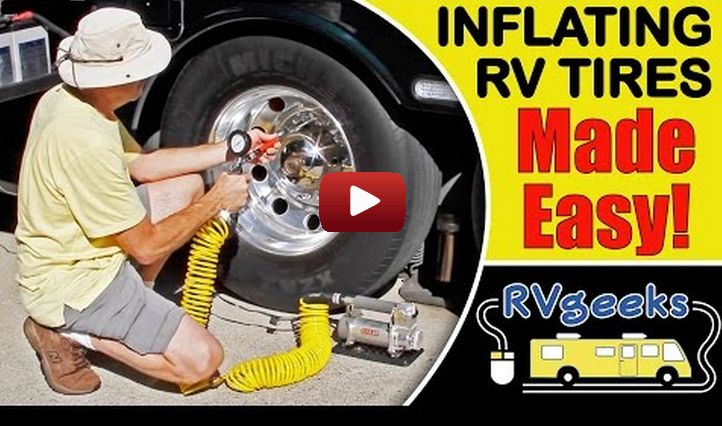 5 Summer resident 5 Summer resident 7135 Prestige 1.7 7135 Prestige 1.8x1.3 7135 Prestige 2.0x1.3 7135 Prestige 2.0x1.4 7135 Prestige 2.2x1.3 7135 Prestige 2.2x1.4 Ufa Birsk Dyurtyuli Tuymazy Mesyagutovo village |
Tire pressure
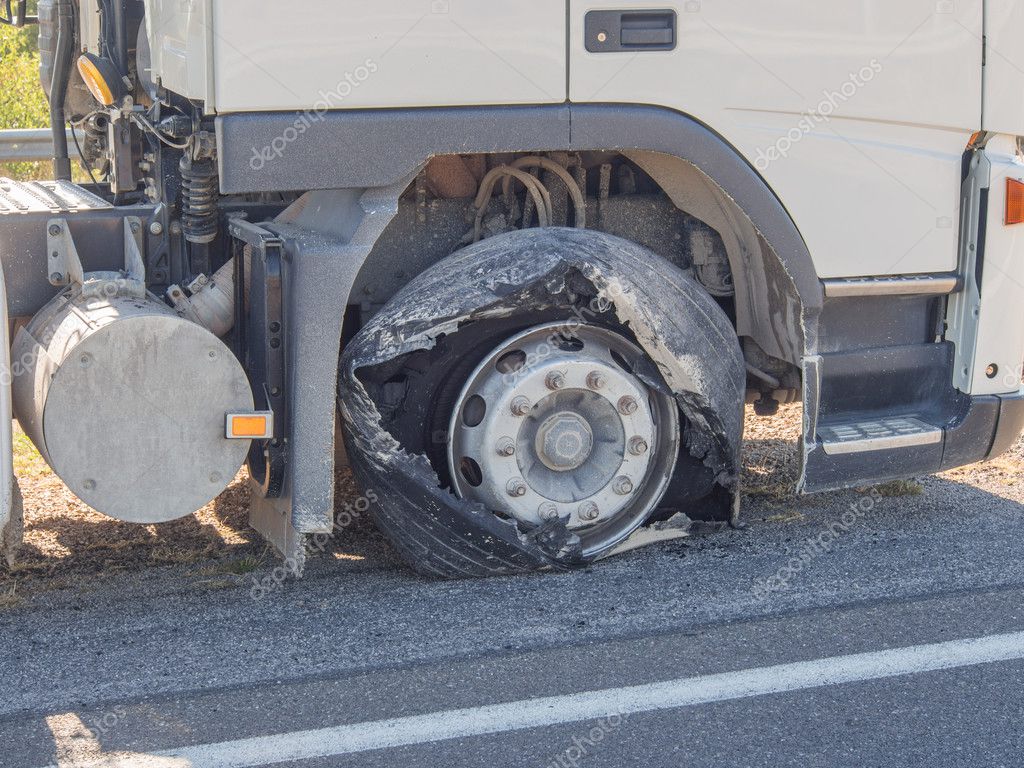 Checking regulations
Checking regulations A trailer is not an independent vehicle that does not have an engine, used to transport goods, being attached to a car.
The main classification of trailers for cars is accepted by maximum permitted mass - the weight of the trailer along with the load:
Light - full permitted weight up to 750 kg
heavy - the full mass of more . This category is equipped with its own braking system.
A broader classification is the division by purpose:
- Self -seats for bulk cargo
- Tanks for transporting liquids
- Platforms transporting cars
- trailers for transporting equipment (boats, motorcycle, snowmobiles, water scooters, etc.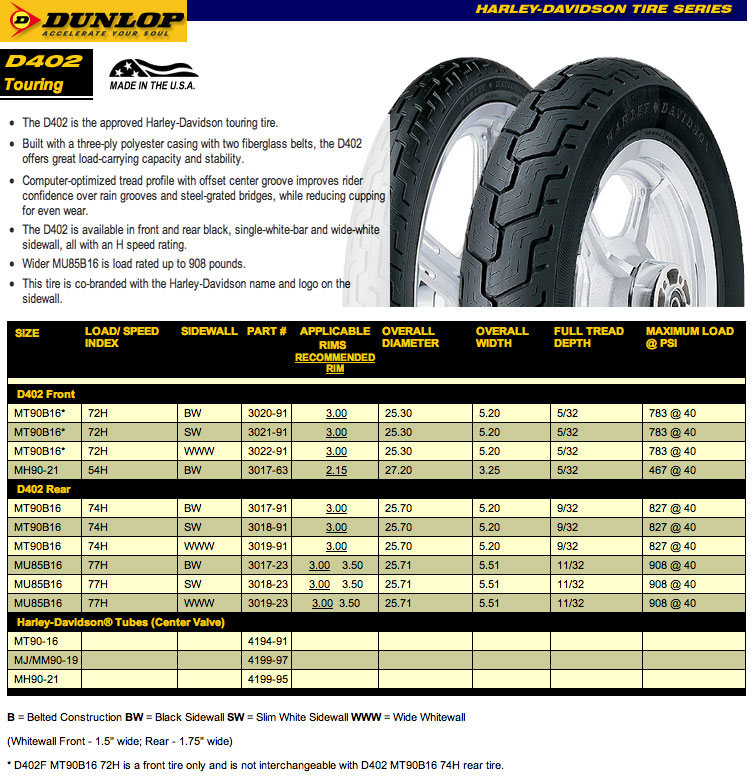 )
)
55 - Tourist accommodation units on wheels
- Platforms for moving bee hives
- Mobile sales pavilions
- Animal transport trailers
- Isothermal vans for the transport of dangerous goods
- Refrigerators for perishable goods and substances
Insufficient inflation of tires leads to abrasion of the lateral parts of the tread, creases may appear on the rubber, spontaneous disassembly of the tire is possible.
Excessive pressure makes driving harder, the trailer bounces on bumps in the road, there is a danger of a wheel exploding. In addition, over-inflation wears out the central part of the tread faster.
On the vast majority of modern tires, the manufacturer indicates two main indicators that help you choose the right tire pressure:
Since the upper pressure limit is indicated for the case of the maximum permissible load on the wheel, it is recommended to take a value of 10% less as a working value.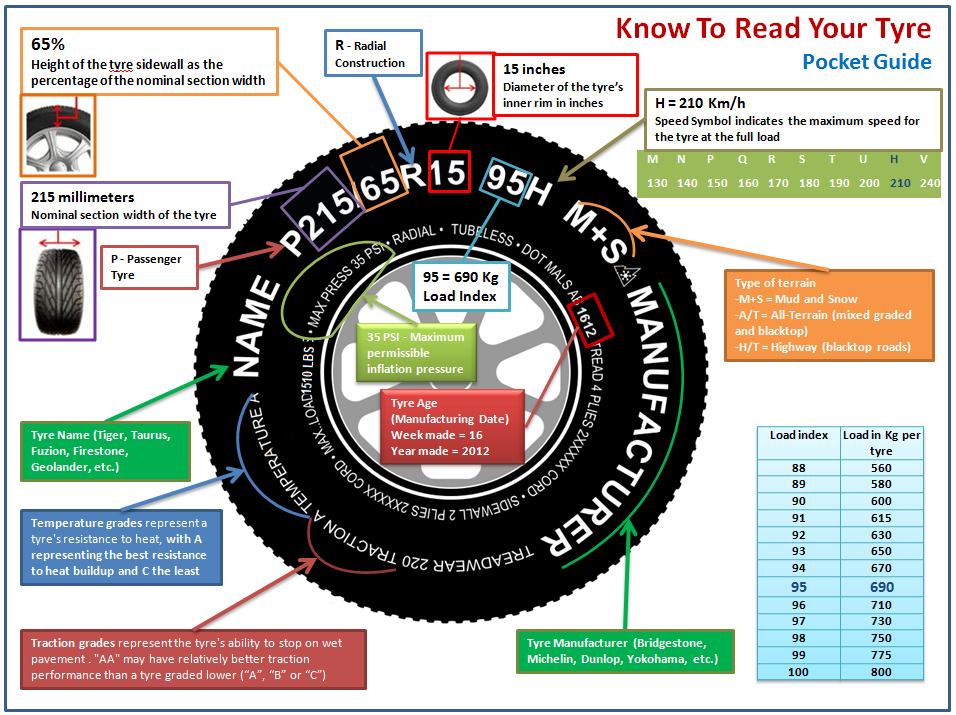
When driving with a trailer without a load, the inflation is further reduced to avoid jumps on bumps in the road. Before loading, the tires are pumped up, the final control is carried out at the end of it.
Important! The correctness and uniformity of tire inflation should be checked before each ride. If the cargo is to be transported, the pressure is re-measured after it has been placed in the body.
During the hot season, it is recommended to additionally read the pressure gauge for the tires of the laden trailer while on the road. The air in the tires expands when heated, the pressure increases, and this can lead to rupture of the rubber.
Pressure is measured with a special device - a manometer. Its main advantage is accuracy. Therefore, it is better not to save money, but to purchase a quality device.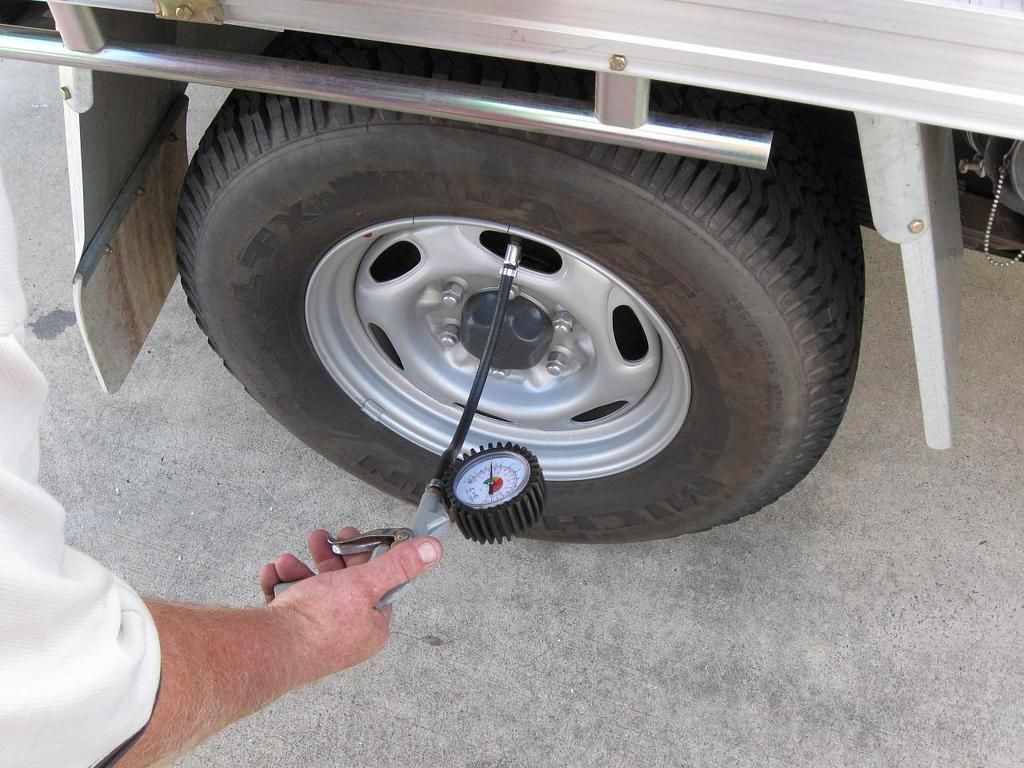 The use of pumps with built-in pressure gauges can give a noticeable error.
The use of pumps with built-in pressure gauges can give a noticeable error.
The main unit of measurement for tire pressure in Russia is Atmosphere (1 atm = 1 kgf/sq cm). Due to close values, it is conditionally equated to the Bar ( 1 bar. = 0, 98 atm.).
Foreign manufacturers often use Psi (1 psi = 1 psi) and Kilopascal. All units are easily transferred to each other using the formulas:
| Unloaded in summer | 1.6 | 1.6 | 1.6 | |||||||||||||||
|---|---|---|---|---|---|---|---|---|---|---|---|---|---|---|---|---|---|---|
| LLC MZSA (MSC) | 817700 Cargo | from VAZ-2106/GAZ-31029 | 2.1 | 2.1 9000 9000 9000 9000 9000 | 0009000 9000 9000 9000 9000 9000 2 | 2 | 2 | 2 | ||||||||||
| LLC MZSA (MSC) | 817701 Cargo | from VAZ-2106/GAZ-31029 | 2. 1 1 | 2.1 9000 9000 008 | 2.1 | 2 | 2 | 2 | 2 | |||||||||
| LLC MZSA (MSC) | 817708 for hydraulic cycles | from VAZ-2106/Moskvich-2140/GAZ-31029 9000 9000 9000 9000 2.1 | ,0004 2.1 | 2.1 | 2.1 | 2 | 2 | 2 | 2 | |||||||||
| LLC MZSA (MSC) | 81771A for boats | dated VAZ-2106/GAZ-31029 | 2.1.1.1.1 | 2.1 | 2.1 | 2.1 | 2 | 2 | 2 | 2 | ||||||||
| LLC MZSA (MSC) | 81771B | from VAZ-2106/GAZ-31029 | 2.1 | 2.1 | 2.1 | 2.1 | 2 | 2 | 2 | 2 | MZSA (MSC) | 872400 Private-Furgon | from VAZ-2106/Moskvich-2140/Gas -31029 | 2.4 | 2.4 | 2.4 | 2.4 | 2.3 | 2.3 | 2.3 | 2.3 | LLC MZSA | 872401 Trailer-Four of -31029 | 2. 4 4 | 2.4 | 2.4 | 2.4 | 2.3 | 2.3 | 2.3 | 2.3 | LLC MZSA (MSC) | 872402 Trail Furgon 9000 2140/GAZ-31029 | 2.4 | 2.4 | 2.4 | 2.4 | 2.3 | 2.3 | 2.3 | 2.3 | LLC MZSA (MSC) | 9000 GAZ-310292.4 | 2.4 | 2.4 | 2.4 | 2.3 | 2.3 | 2.3 | 2.3 | LLC MZSA | 832310 Cargo | 9000 /GAZ-310292.4 | 2.4 | 2.4 | 2.4 | 2.3 | 2.3 | 2.3 | 2.3 | LLC MZSA (MSC) | 832311 Cargo | from VAZ-2106/Moskvich-2140/GAZ-GAZ-GAZ-2140/GAM 31029 | 2.4 | 2.4 | 2.4 | 2.4 | 2.3 | 2.3 | 2.3 | 2.3 |
| LLC MZSA (MSC) | 832312 Cargo | from VAZ-2106/Moskvich-2140/Moskvich-21 -31029 | 2.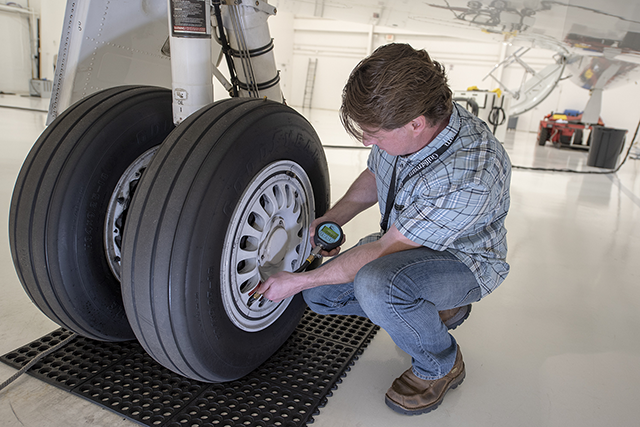 4 4 | 2.4 | 2.4 | 2.4 | 2.3 | 2.3 | 2.3 | 2.3 | MZSA (MSC) | 9000 310292.4 | 2.4 | 2.4 | 2.4 | 2.3 | 2.3 | 2.3 | 2.3 | LLC MZS (MSC) | 821711 Auto | of VAZ-2106/Moskvich-21 -3102 | from VAZ-2106 | 1.7 | 1.7 | 1.7 | 1.7 | 1.6 | 1.6 | FSUE Uraltransmash (RF | Yekaterinburg) | 8263-0000041SB carp ) | 2 | 2 | 2 | 2 | 1.9 | 1.9 | 1.9 | OJSC (RF | Eagle) | 8167 cargo | from VAZ-2106 | 1.9 | 1.9 | 1.9 | 1.9 | 1.8 | 1.8 | 1.8 |
| OJSC Logzer (RF | Eagles) | 81671 cargo | from VAZ-2106 9000 9000 9000 9000 9000 9000 9000 9000 9000 | 1. 9 9 | 1.9 | 1.9 | 1.9 | 1.8 | 1.8 | 1.8 | OJSC (RF | OREL) | 81672 freight | from VAZ-2106 | 1.9 | 1.9 | 1.9 | 1.9 | 1.8 | 1.8 | 1.8 |
| OJSC Bryansk factory of wheel tractors (RF | Bryansk) | 9000 VAZ-21061.7 | 1.7 | 1.7 | 1.7 | 1.6 | 1.6 | 1.6 | ||||||||||
| Voronezh Auto (RF | Voronezh) | VARZ M5 Cargo | from VAZ-2106 | 1.7 | 1.7 | 1.7 | 1.7 | 1.6 | 1.6 | 1.6 | ||||||||
| Voronezh Auto-Car Sea (Russian Federation 9000 from the VAZ-2106 | 1.7 | 1.7 | 1.7 | 1.7 | 1.6 | 1.6 | 1.6 | |||||||||||
| Voronezh Auto (RF | Voronezh) | VARZ M3 82641-000001 Auto-loco | from VAZ-2106 | 1. 7 7 | 1.7 | 1.7 | 1.7 | 1.6 | 1.6 | 1.6 | from VAZ-2106 | 1.8 | 1.8 | 1.8 | 1.8 | 1.7 | 1.7 | 1.7 |
| SMZ AMO ZIL | 8165 cargo | from VAZ-2106 | 1.8 | 1.8 | 1.8 | 1.8 | 1.7 | 1.7 | 1.7 | 1.7 | ||||||||
| 1.8 | 1.8 | 1.8 | 1.8 | 1.7 | 1.7 | 1.7 | 1.7 | Ishimmashvod | UAZ-8109 Cargo | ALL (all) | 1.1 | 1.1 | 1.1 | 1.1 | 1 | 1 | 1 | 1 |
| Metskovmash (RF | Moscow Region) | 9000 817600 (lever.) CargoALL (all) | 1.7 | 1.7 | 1.7 | 1.7 | 1.6 | 1.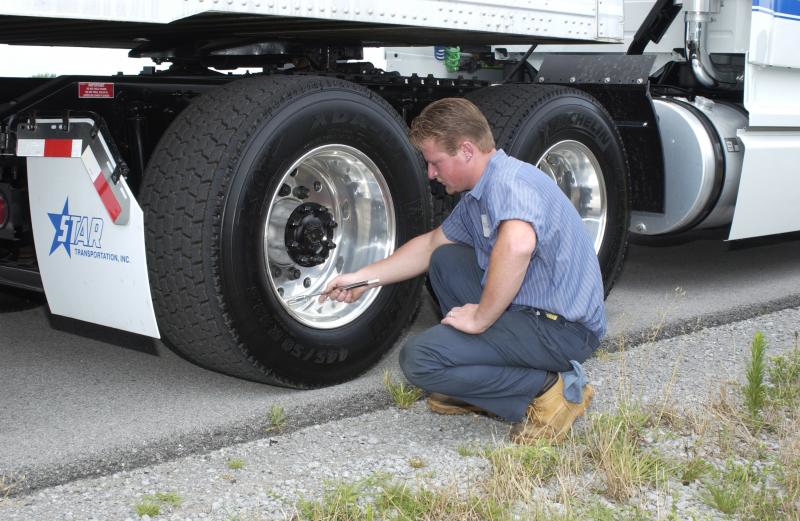 6 6 | ||||||||||
| Metrovagonmash (RF | Mytishchi | Moscow region) | 817600 (rubbish.) Cargo | All (all) | 1.7 | 1.7 | 1.7 | 1.6 9000 | Ternopol) | TARZ-1P.00 cargo | from VAZ-2106 | 1.8 | 1.8 | 1.8 | 1.8 | 1.7 | 1.7 | 1.7 |
| OJSC ZIZTO (Kazakhstan | Petropavlovsk) | PMZ-8131M Cargo | from VAZ-2106/ Moskvich-2140/ | 1.7 | 1.7 | 1.7 | 9000 RFMoscow) | 86101 Cargo | from VAZ-2106 | 2.1 | 2.1 | 2.1 | 2.1 | 2 | 2 | |||
| PKF Tonar LLC (Russian Federation 9 | Moscow) | 86104 Cargo | from VAZ-2106 | 2.1 | 2.1 | 2.1 | 2.1 | 2 | 2 | 2 | ||||||||
| from VAZ-2106 | 2. 1 1 | 2.1 | 2.1 | 2.1 | 2 | 2 | 2 | |||||||||||
| PKF Tonar LLC (RF | Moscow) | 83101 cargo | from VAZ-2106 | 2.1 | 2.1 | 2.1 | 2.1 | 2 | 2 | 2 | ||||||||
| LLC PKF Tonar (Russian Federation | Moscow) | 83102 freight carp from VAZ-2106 | 2.1 | 2.1 | 2.1 | 2.1 | 2 | 2 | 2 | FSUE PZ Mashinostroitel (RF | Perm) | SKIF-500 | 8121 cargo | from VAZ-2106 | 2.1 | 2.1 | 2.1 | 2.1 | 2 | 900081211 Cargo | from VAZ-2106 | 2.1 | 2.1 | 2.1 | 2.1 | 2 | 2 |
| LLC Trailer (RF | Stupino | Moscow region) | 82940 Cargo | from VAZ-2106 | 2 | 2 | 2 | 2 | 1. 9 9000 Region) 9 9000 Region) | 82942 Cargo | from VAZ-2106 | 2 | 2 | 2 | 2 | 1.9 | 1.9 | |
| LLC Treiler (RF | Stupino | Moscow Region) | 82942C for motorcycle equipment | from VAZ-2106 | 2 | 2 | 2 | 2 | 1.9 | |||||||||
| LLC Trailer (RF | , Stupino Stupino Stupino Stupino Stupino Stupino Stupino Stupino Stupino Stupino Stupino Stupino Stupino Stupino Stupino Stupino Stupino Stupino | Moscow region) | 829430 for motorcycle equipment | from VAZ-2106 | 2 | 2 | 2 | 2 | 1.9 | 1.9 | ||||||||
| TRILER (RF | Stupino | Moscow Region) | 829440 for hydraulic cyclists | from VAZ-2106 | 2 | 2 | 2 | 2 9000 | Stupino | Moscow region) | 82944s for boats | from VAZ-2106 | 2 | 2 | 2 | 2 | 1.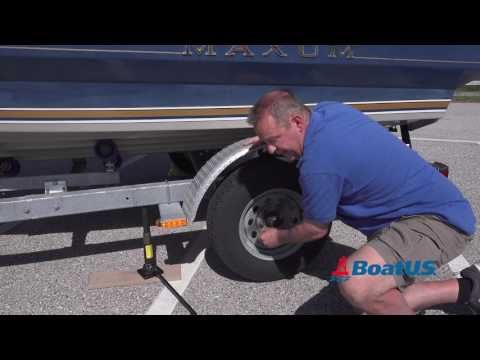 | |